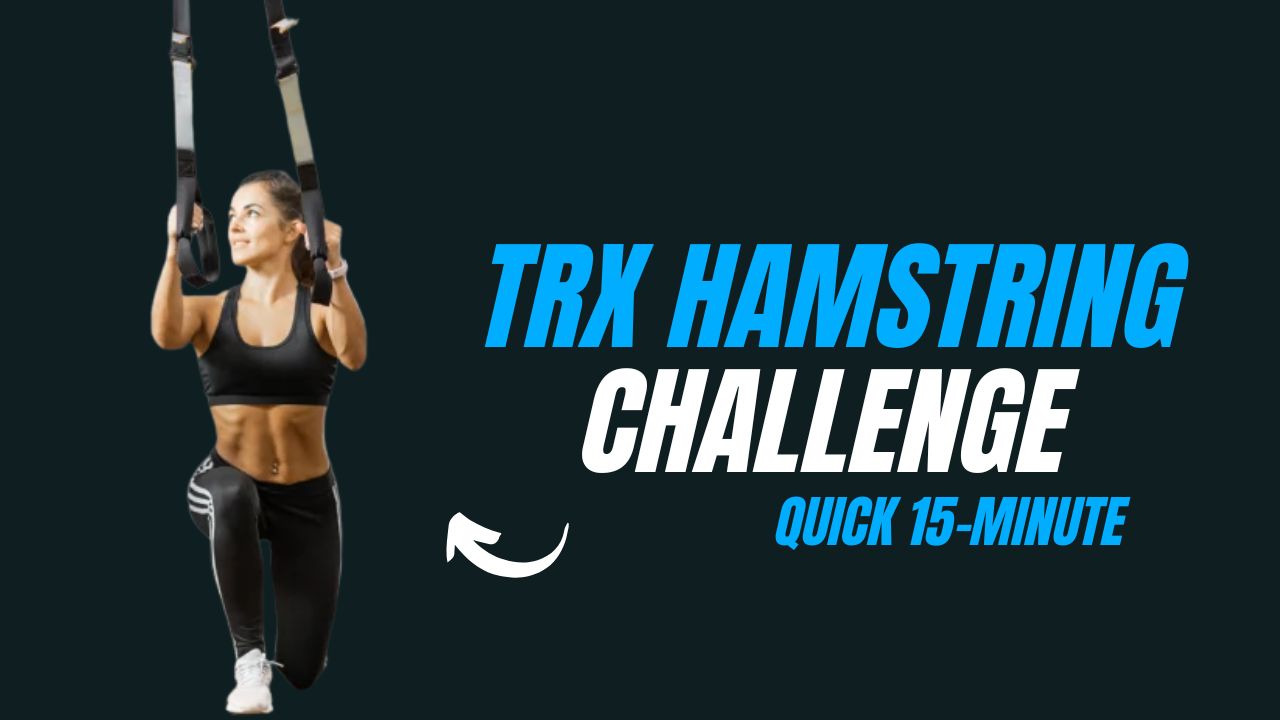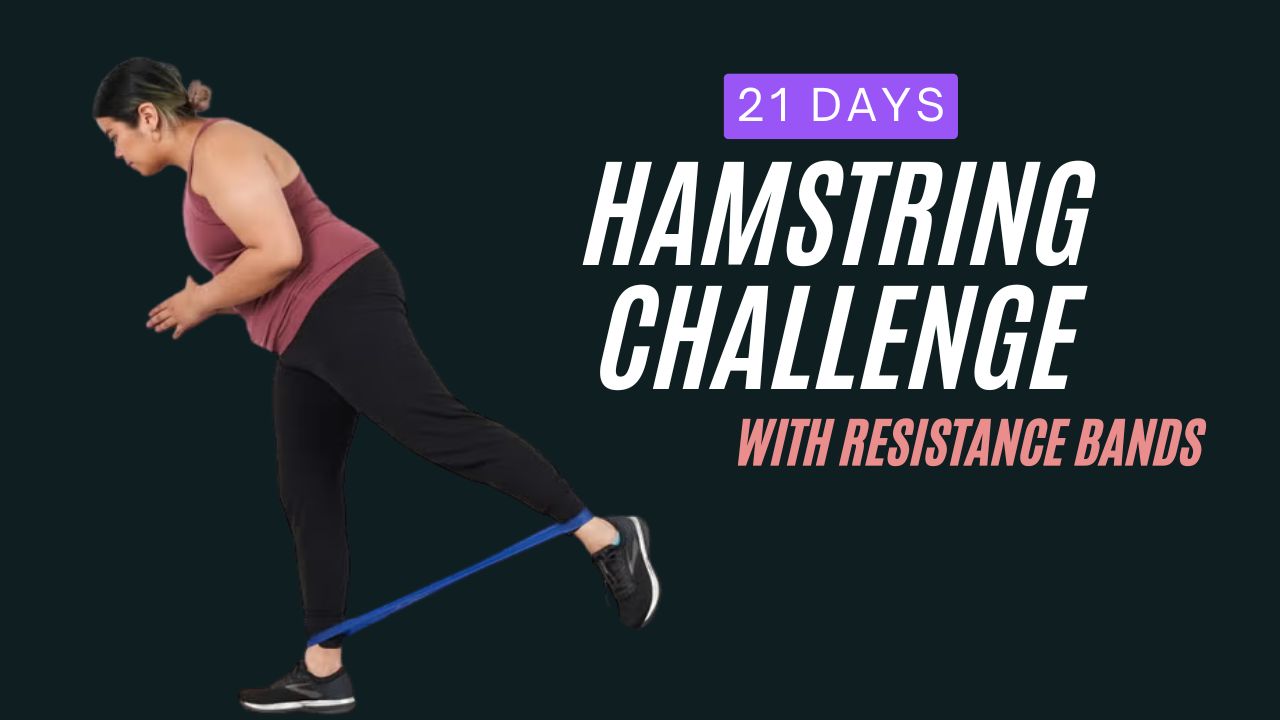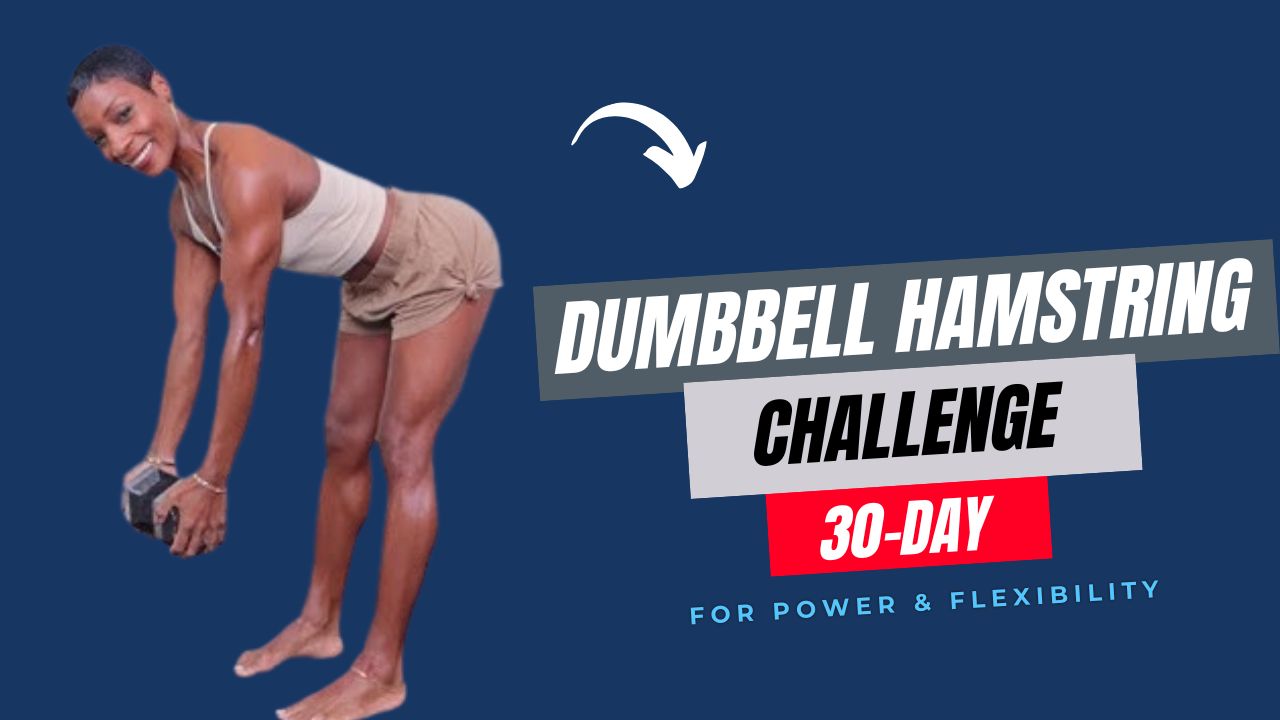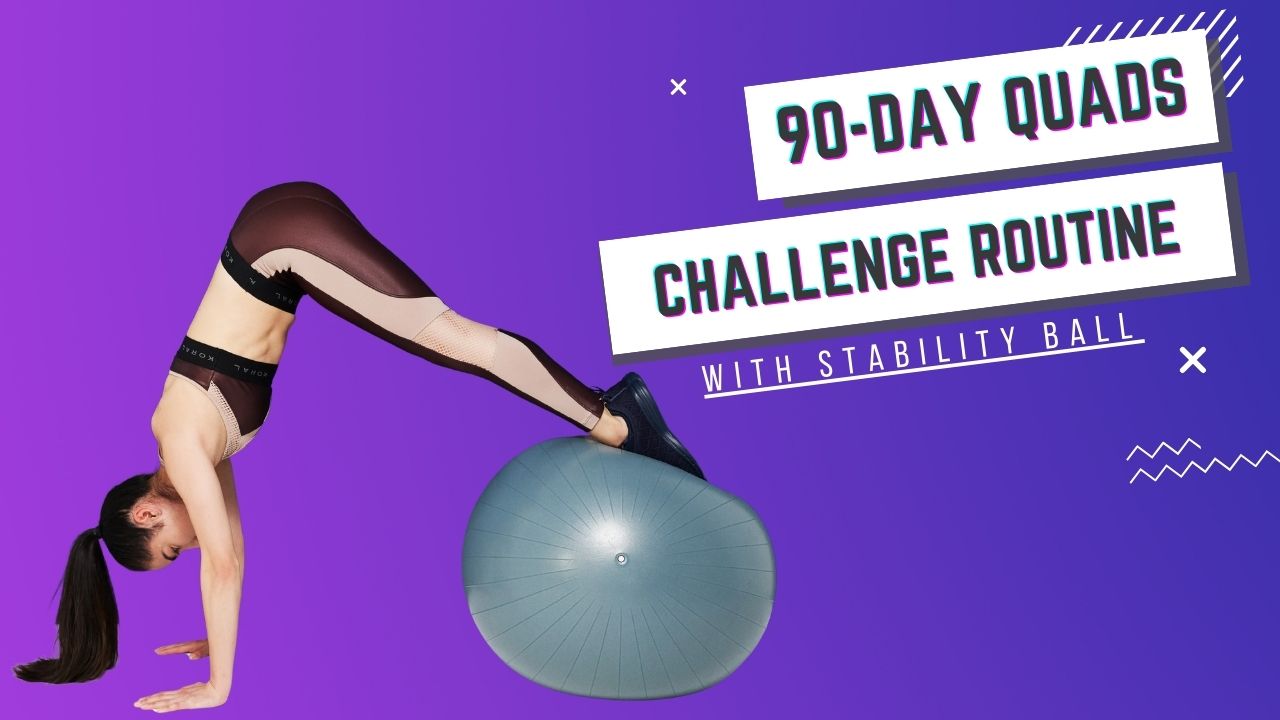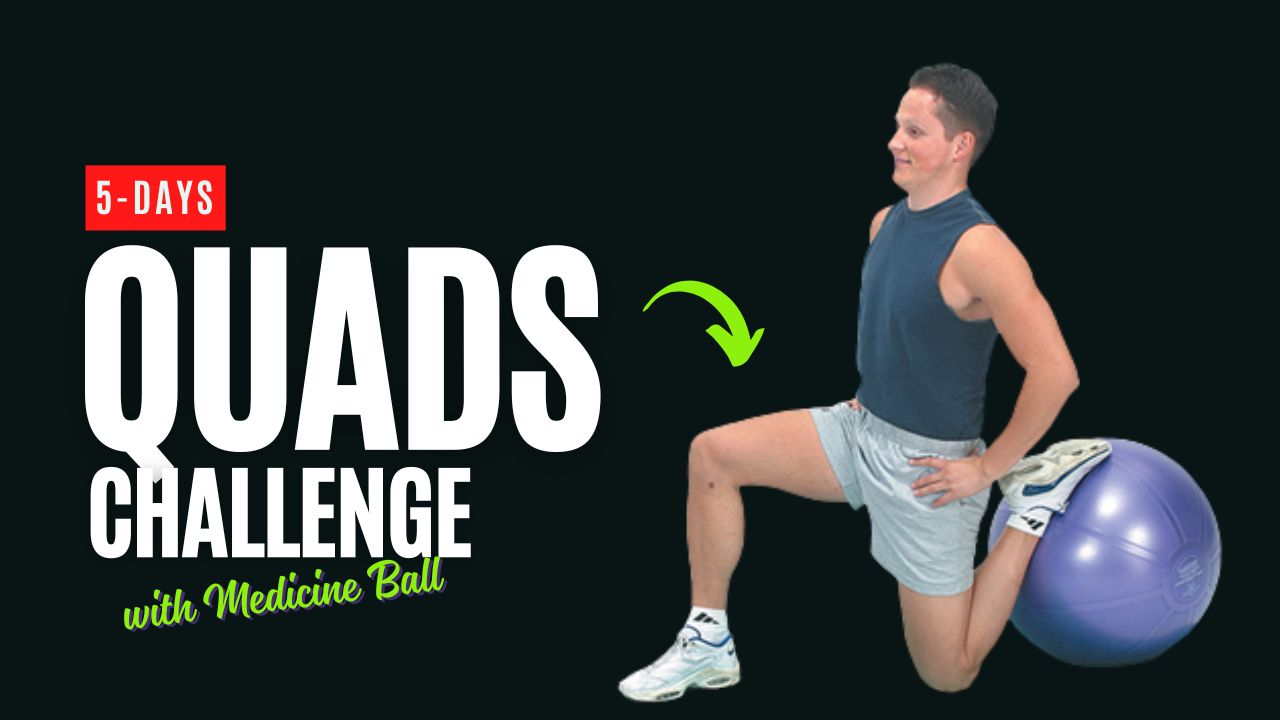Do you know? Most people think the Swiss ball is only for abs and balance — but it can be your secret weapon for stronger, more sculpted triceps!
Whether you’re training at home or the gym, adding Swiss ball tricep exercises into your routine challenges not only your arms but also your core and coordination.
These moves aren’t just about building muscle — they help improve joint stability, posture, and functional strength.
Let’s bust the myth that tricep training needs fancy machines. All you need is a Swiss ball and determination.

Table of Contents
Why Train Triceps with a Swiss Ball?
Your triceps make up two-thirds of your upper arm — more than your biceps! Strengthening them leads to:
- Better arm definition
- Improved pushing power (for sports, push-ups, daily tasks)
- Joint support for your shoulders and elbows
- Bonus: The Swiss ball activates stabilizer muscles for extra gains!
How to Use This Guide
For each exercise:
- Start with 2–3 sets of 8–12 reps
- Maintain control over speed
- Focus on proper form over weight
Ready to build toned, strong arms with just a ball? Let’s go!
What Can Happen After 30 Days of Swiss Ball Tricep Exercises
| Visible Changes | Performance Improvements |
|---|---|
| Noticeable tricep definition and firmer upper arms | Better balance and core control due to constant stabilization |
| Tighter sleeves — your arms may appear more toned | Increased push-up strength and upper-body endurance |
| Improved arm symmetry and muscle activation | Better form and joint alignment during pressing exercises |
| More aesthetic arms for photos/selfies | Enhanced muscle-mind connection and posture awareness |
| Reduced arm flabbiness (when combined with diet) | Boost in coordination, especially in dynamic workouts |
DOs & DON’Ts of Swiss Ball Tricep Training
| DOs | DON’Ts |
|---|---|
| Keep your core engaged during every rep to maintain balance and protect your spine. | Don’t rush the movement — fast reps on an unstable ball can lead to poor form or injury. |
| Start with easier variations if you’re new to stability training. | Don’t use a Swiss ball that’s under- or over-inflated — it can affect your form and safety. |
| Perform slow, controlled reps to fully engage the triceps and stabilizers. | Don’t flare your elbows outward — it takes tension off the triceps and stresses the shoulders. |
| Choose the correct size ball based on your height for optimal alignment. | Don’t ignore your posture — slouching on the ball limits effectiveness. |
| Use proper form first, then increase difficulty or weight gradually. | Don’t rely only on machines or static exercises — balance work is key for functional strength. |
| Mix in other compound movements like push-ups and extensions for variety. | Don’t hold your breath — exhale during effort (pushing phase), inhale during return. |
9 Best Swiss Ball Tricep Moves
1. Swiss Ball Tricep Dips
How To:
- Sit on the ball and walk your feet forward until your upper back rests on it.
- Lift your hips, keeping your body in a straight line.
- Place your hands on your hips or use a stable bench behind the ball.
- Lower yourself by bending your elbows, then push back up.
Benefits:
- Builds core strength and triceps
- Enhances balance and glute engagement
- Great for bodyweight beginners
2. Swiss Ball Overhead Tricep Extension
How To:
- Sit or kneel on the ball holding a dumbbell or weight plate overhead with both hands.
- Keep elbows tight and bend them to lower the weight behind your head.
- Extend arms back up fully.
Benefits:
- Isolates the long head of the triceps
- Improves shoulder stability
- Increases upper body coordination
3. Swiss Ball Close-Grip Push-Up
How To:
- Place hands close together on the ball.
- Extend your legs into a plank position.
- Lower your chest toward the ball, keeping elbows tucked.
- Push up with control.
Benefits:
- Builds triceps and chest together
- Core gets major activation from ball instability
- Enhances joint strength
4. Swiss Ball Skull Crushers
How To:
- Lie with your upper back on the ball, feet flat.
- Hold dumbbells straight above your chest.
- Bend elbows, bringing the weights near your forehead.
- Extend back to start.
Benefits:
- Targets all three heads of the triceps
- Safer on wrists and shoulders
- Adds balance challenge with core engagement
5. Swiss Ball Kickbacks
How To:
- Kneel or lean with one hand on the ball, keeping your back flat.
- Hold a dumbbell in the other hand.
- Keep your elbow fixed, extend your arm straight back.
- Squeeze and return slowly.
Benefits:
- Excellent for tricep definition
- Strengthens posture muscles
- Perfect for focused, isolated reps
6. Swiss Ball Pike to Tricep Push-Up
How To:
- Start in a plank with shins on the ball.
- Roll the ball toward your chest, lifting your hips into a pike.
- Roll back to plank, perform a close-grip push-up.
Benefits:
- Combines core + triceps in one dynamic movement
- Improves mobility, balance, and strength
- Builds endurance under tension
7. Swiss Ball Single-Arm Overhead Extension
How To:
- Sit on the ball and hold one dumbbell overhead with one arm.
- Lower the weight behind your head, elbow staying close to your ear.
- Press back up.
Benefits:
- Corrects muscle imbalances
- Strengthens shoulder joints
- Builds deep-arm control and strength
8. Swiss Ball Incline Tricep Push-Up
How To:
- Place your hands on the ball and feet on the floor behind.
- Your body should form a diagonal line.
- Lower your chest to the ball, elbows tucked, then push up.
Benefits:
- Easier for beginners than regular push-ups
- Activates triceps and chest
- Promotes balance and muscle control
9. Swiss Ball Lying Tricep Pullovers
How To:
- Lie back on the ball with a dumbbell held with both hands.
- Start with arms straight above your chest.
- Lower the weight behind your head with a slight bend in your elbows.
- Pull back to the start.
Benefits:
- Hits triceps, lats, and core
- Improves arm extension power
- Functional and joint-friendly
Pro Tips for Success
- Always engage your core — it keeps the ball stable.
- Keep elbows close to target the triceps effectively.
- Don’t rush! Slow, controlled reps maximize results.
Fun Fact:
Triceps are often overlooked, but they’re the powerhouse behind every push! Athletes, climbers, and gymnasts all rely heavily on them — so should you.
Final Thoughts
Using a Swiss ball in your tricep training doesn’t just make it harder — it makes it smarter. You train more muscles, improve your balance, and make every rep count.
So next time you think of arm day, grab that Swiss ball and challenge yourself with these 9 powerful moves. Your triceps (and core) will thank you.
Frequently Asked Questions (FAQs)
Are Swiss ball tricep exercises effective for building muscle?
Absolutely. Swiss ball exercises add an element of instability that forces your triceps and surrounding stabilizers to work harder, promoting better muscle growth and control compared to traditional static movements.
Can beginners do Swiss ball tricep workouts?
Yes! Many of the exercises can be modified to suit beginners. Start with bodyweight or lighter dumbbells, and ensure you’re performing movements slowly and with control to build coordination and strength safely.
Do I need dumbbells for all these Swiss ball exercises?
Not all. Some exercises like close-grip push-ups, dips, or ball push-ups use just bodyweight. But having a pair of light to medium dumbbells expands your options and allows for progressive overload.
How often should I do these tricep exercises?
You can perform them 2–3 times per week, allowing at least 48 hours of recovery between sessions. Mix them with other upper body workouts for balanced muscle development.
Why use a Swiss ball instead of a bench?
The Swiss ball activates your core, glutes, and stabilizers while targeting your triceps. This helps improve balance, posture, and full-body strength — something a bench doesn’t provide to the same extent.
Can Swiss ball tricep exercises help tone my arms?
Yes. Combined with proper nutrition and overall strength training, these exercises can help reduce fat and increase muscle definition, giving your arms a toned, lean look over time.
Is the Swiss ball safe to use for arm workouts?
It’s safe when used properly. Ensure the ball is inflated correctly, you’re on a non-slip surface, and you’re engaging your core throughout. Start with stable variations and progress gradually.
Can I do these exercises at home without a gym?
Yes! These exercises are perfect for home workouts. All you need is a Swiss ball, some open space, and optionally a set of dumbbells.





